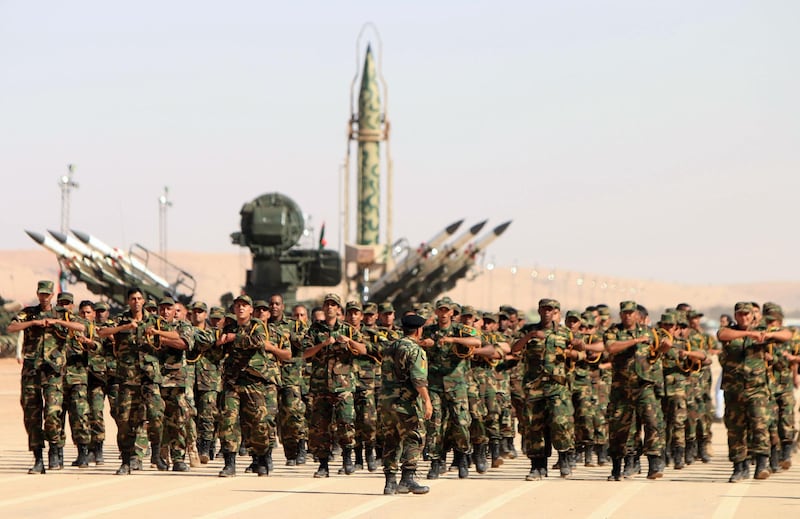Libyan National Army tanks and armoured vehicles pushed into western and eastern Derna on Tuesday, three weeks after launching a campaign to liberate the coastal town from militias.
Fierce fighting raged as the twin thrusts moved inwards towards the town centre. The units, made up primarily of jeeps mounting machine guns, advanced to within a kilometre of the small port and captured the western Shiha and central Bab Tobruk districts.
The town, home to 125,000 people, is under the control of the Derna Protection Forces (DPF) a militia coalition which refuses to accept the authority of the eastern House of Representatives parliament in Tobruk.
The Libyan army first surrounded the town in 2014, but in an effort to control strategic heights first, they did not attempt to capture it until four years later on 16 May. From those heights artillery spotters are able to target militia units inside the town.
LNA Commander Field Marshall Khalifa Haftar says the militias holding the town are “terrorists” and has vowed to expel them.
“In good news for all honourable Libyans, the hour of victory is approaching, [as is] the announcement of the city of Derna rid of terrorism, secure and at ease, under the protection of the armed forces and security units,” Field Marshall Haftar said in a speech on Monday.
__________
Read more:
Libya's Haftar in full force to take over Derna from 'terrorists'
Libyan National Army attacks militant positions in Derna
Overview: the ousting of Muammar Qaddafi and the chaos that ensued
__________
Photographs circulating on social media show army units with armoured vehicles and jeeps mounting machine guns and battling militia strongpoints inside the town.
Army advances are episodic - strongpoints are identified and then targeted by guided artillery before the infantry is deployed.
Reports indicate that four LNA battalions are advancing into the town, two from each side, bolstered by the army’s Al Saiqa special forces regiment.
Meanwhile the United Nations Support Mission In Libya (UNSMIL) called on combatants to allow humanitarian access.
“The deteriorating crisis in Derna [has] led to acute shortages of basic necessities including food and medicines,” UNSMIL tweeted on Tuesday. “UN Humanitarian Coordinator for Libya [Maria Ribeiro] calls for humanitarian pause to allow life-saving humanitarian goods into the city.”
The deteriorating crisis in #Derna led to acute shortages of basic necessities, incl. food&medicines. UN Humanitarian Coordinator for #Libya, @Ribeiro6Maria calls for humanitarian pause to allow life-saving humanitarian goods into the city & allow ppl to stock up on supplies
— United Nations Libya (@UNcoordLibya) June 5, 2018
On Sunday UNSMIL said that 17 civilians had been killed and 22 wounded since fighting began last moth. There are conflicting reports of casualties suffered by the combatants.
Derna's troubled recent history saw ISIS capture the town in October 2014. They were ousted by the Derna militia coalition in July 2015. The militias have since refused to accept the authority of Tobruk and have blockaded the town since late 2014.
For Field Marshall Haftar, the capture of Derna would represent the latest in a chain of victories that have seen his forces in Benghazi last summer crush militias allied to fighters in Derna, as well as capturing key oil ports from militias in September 2016.
Victory would also strengthen the hand of the House of Representatives Parliament in Tobruk, currently in negotiations over elections due to be held in December.
However, security remains a key stumbling block on the road to Libyan elections, with the capital, Tripoli, controlled by fractious militias who battle each other periodically for territory.
By contrast, Tobruk can boast that voting conditions exist in the east because security forces control the region, - excluding Derna - an area that includes the so-called Oil Crescent, home to two third’s of the country’s oil.





